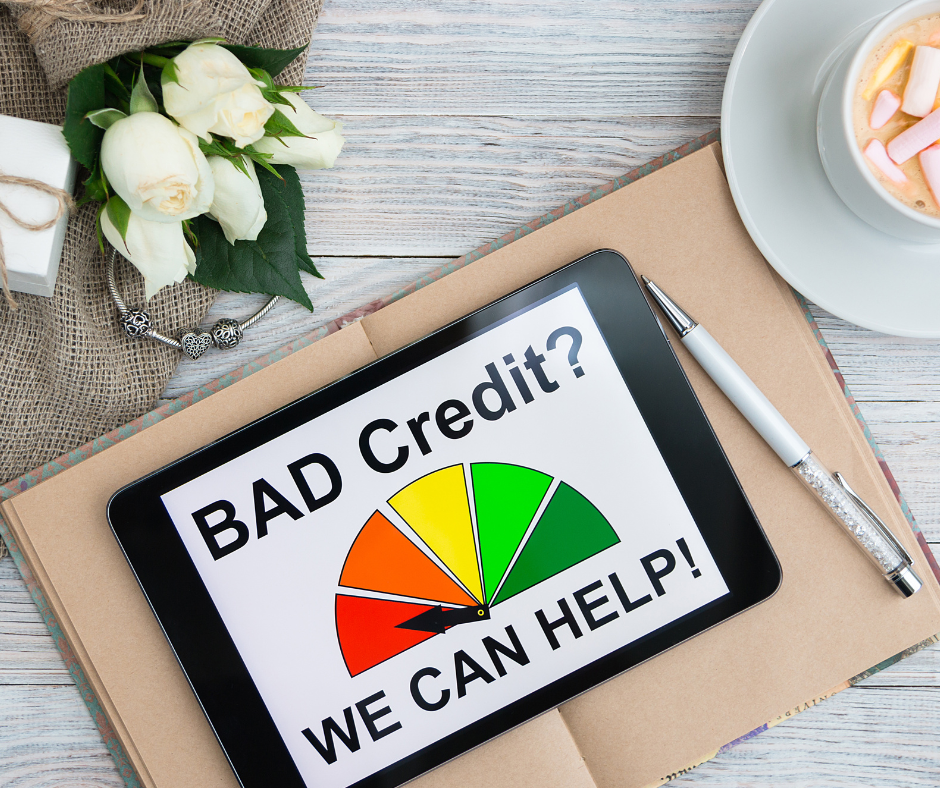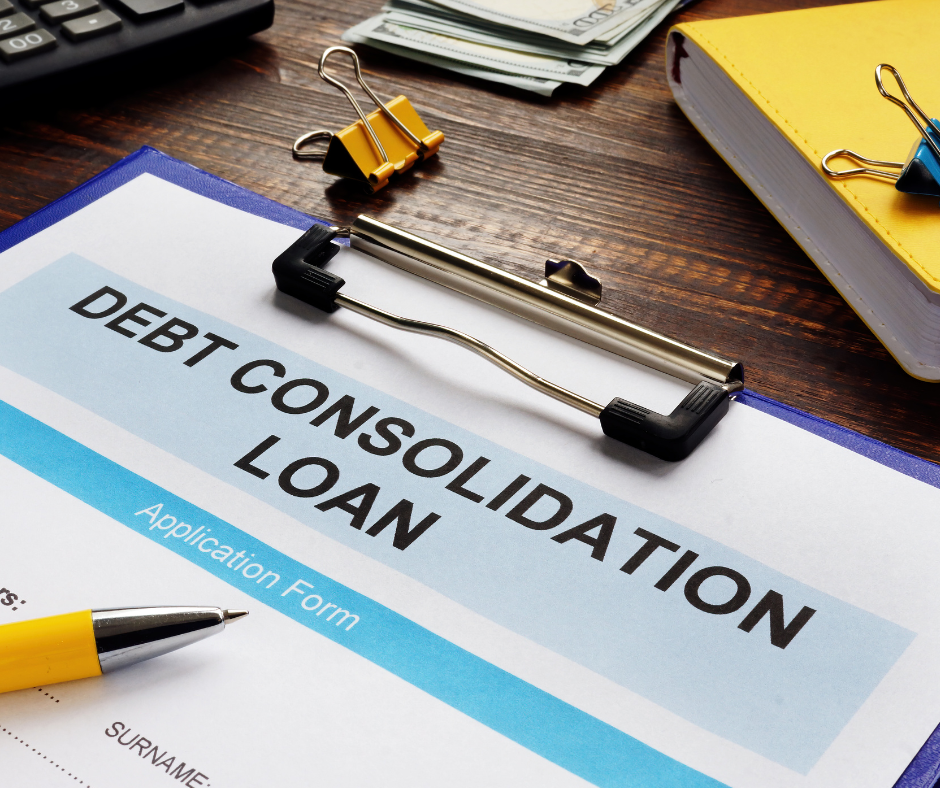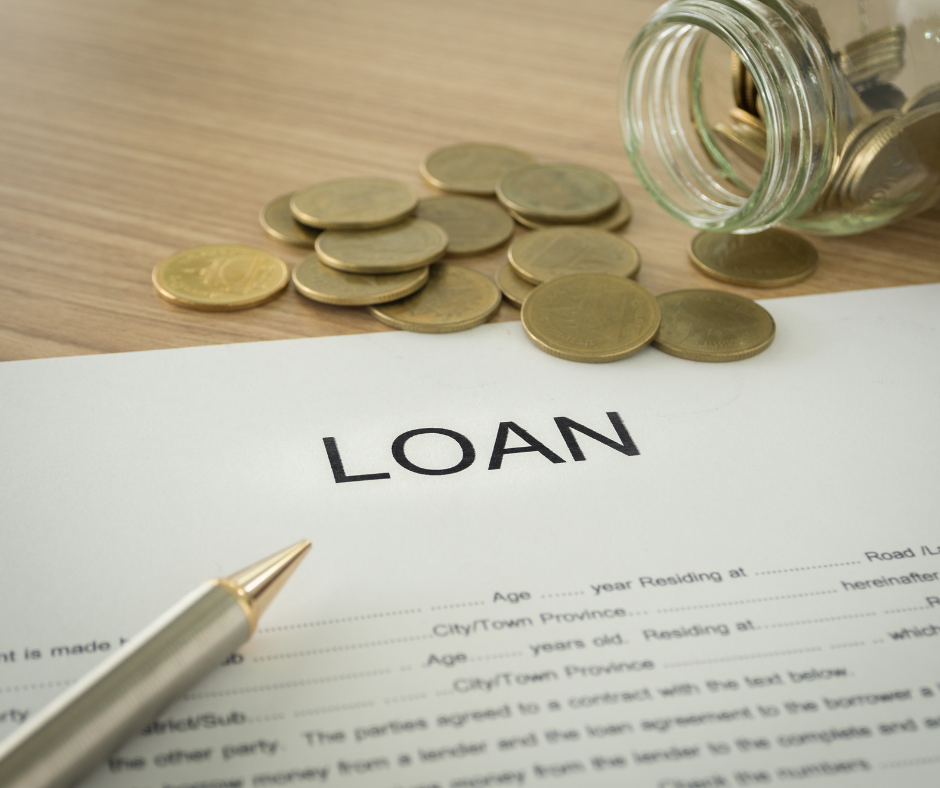How to get a loan with bad credit: your best options
Need a loan with bad credit? Explore realistic options, understand risks, and learn how to improve your chances.
Struggling to get approved for a loan because of bad credit? You’re not alone.

Millions of people face this challenge every day. Whether it’s due to missed payments, high debt, or unexpected financial setbacks, a low credit can make borrowing feel nearly impossible. But while it does limit your options, it doesn’t mean you’re completely out of solutions.
This article explores realistic paths you can consider, without false promises or sugarcoating. Let’s dive in.
Understanding loans for bad credit: why it’s so tough
When lenders review loan applications, the first thing they check is your credit score. If you have bad one, it signals to lenders that you may have struggled with managing debt in the past. As a result, many traditional banks may decline your application or offer loans with higher interest rates to offset the risk.
This can be frustrating if you urgently need money for emergencies, car repairs, medical bills, or consolidating other debts. The stress only increases when rejection letters keep arriving.
The good news? There are still lenders and products designed for people in this situation. However, it’s crucial to understand how they work, their risks, and what alternatives may suit your needs.
Your best loan options
Here are some loan options that may be available to you:
1. Credit union loans
Credit unions often have more flexible lending criteria than banks. As member-owned institutions, they may look beyond just your credit score and consider your overall financial situation.
2. Online lenders specializing in bad credit
Some reputable online lenders might use alternative data, like employment history or bank transactions, to assess your application. Always research the lender’s reputation before applying.
3. Secured personal loans
Offering collateral, such as a car or savings account, can sometimes improve your chances of approval. Just remember, if you fail to repay, the lender can take the asset you used as security.
4. Co-signed loans
If you have a trusted friend or family member with good credit willing to co-sign, you could access better rates and terms. However, this also puts the co-signer’s credit at risk if you miss payments.
5. Peer-to-peer (P2P) lending platforms
P2P platforms connect borrowers directly with investors. Some platforms are more flexible with credit requirements compared to traditional banks.
How to improve your chances of approval
There are ways to strengthen your loan application:
- Check your credit report for errors: mistakes happen. Fixing errors can sometimes improve your score quickly.
- Show proof of stable income: lenders value steady income, which can outweigh a low credit score.
- Reduce existing debt: paying down current debts can improve your debt-to-income ratio.
- Compare multiple offers: never accept the first offer. Shopping around can lead to better terms.
Caution leads to better choices
Facing bad credit can feel overwhelming, especially when financial emergencies hit. While your options may be more limited, they’re not nonexistent. The key is to proceed carefully: compare lenders, understand the terms, and avoid products with predatory rates or hidden fees.
Most importantly, borrowing with bad credit should be a step toward rebuilding your financial health, not a temporary fix that leads to more problems. Make sure every choice supports your long-term goals.






